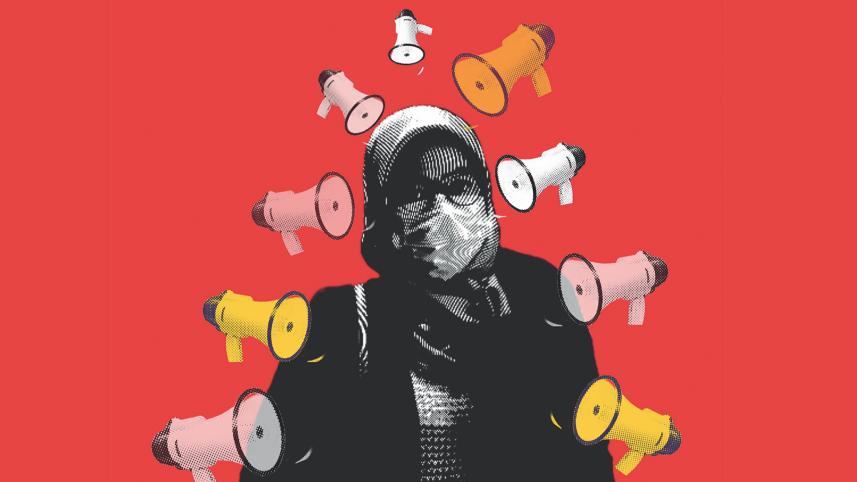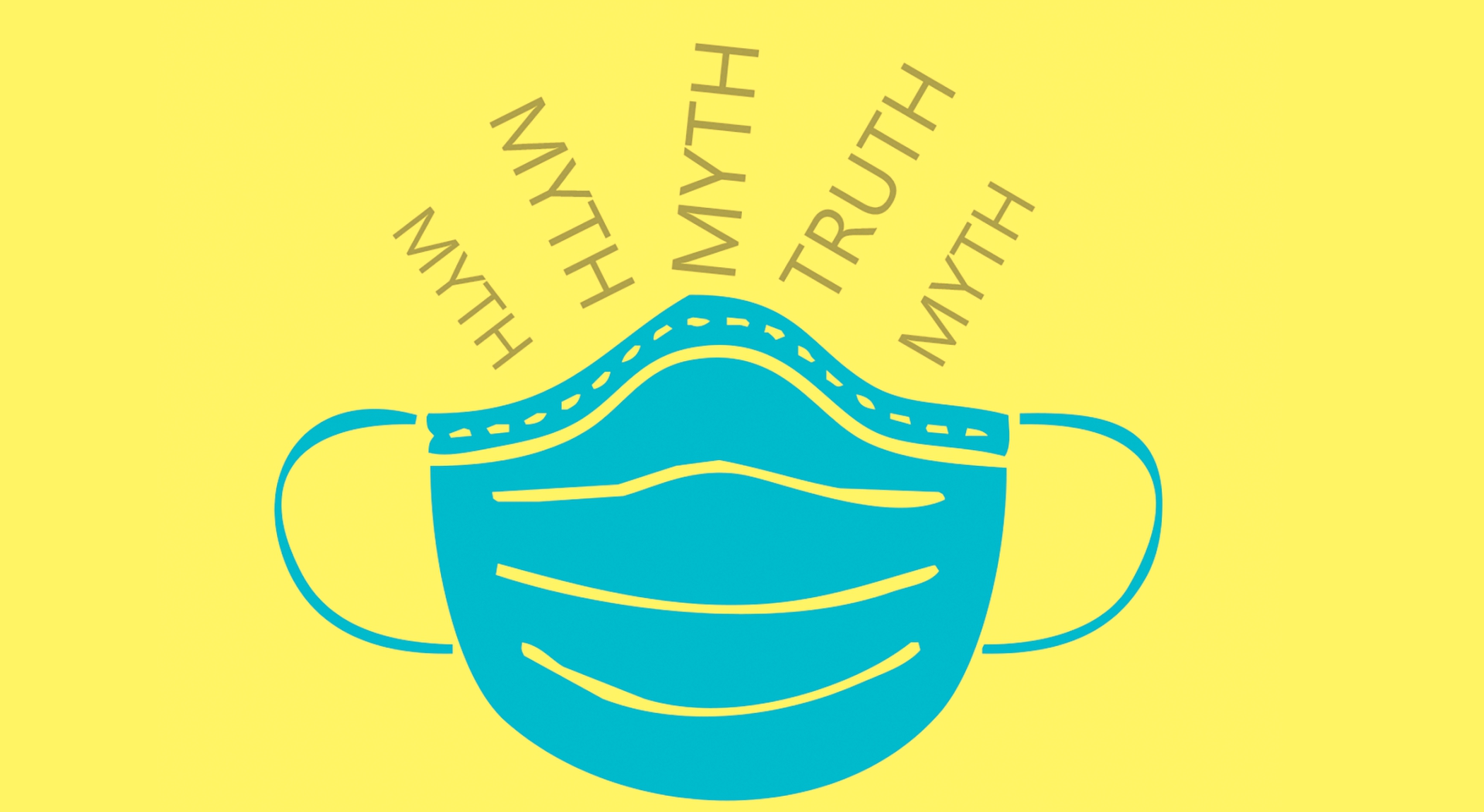Coronavirus and the outbreak of misinformation

What is a Coronavirus?
Let us explore some concrete facts about the virus. According to the WHO, coronavirus is a large family of viruses that causes common cold to more severe diseases. According to Professor Dr. Sanya Tahmina Jhora, Additional Director General at Directorate General of Health Services, “Six strains of Coronavirus have been identified including Severe Acute Respiratory Syndrome (SARS-CoV) and Middle East Respiratory System (MERS-CoV) viruses. It’s a zoonotic virus, meaning it can spread from animals to humans. The virus strain that emerged newly has no identical genetic structure with the previously known virus strains, which is why it is called a Novel virus. This is why the Coronavirus has been dubbed as the Novel coronavirus (2019-nCoV).”
Symptoms of novel coronavirus include- fever, cough, shortness of breath. In more severe cases it can cause- pneumonia, severe acute respiratory syndrome, kidney failure and even death. In many cases its symptoms and effects are similar to influenza-induced flu. Currently, the differences between the two viruses are few but are mostly relative due to statistics and human reactions to the viruses. Firstly, the usual death rate of seasonal influenza is 100 out of 100,000 infected, whereas the current death rate for the nCoV is about 425 per 20,000 infected population (as of February 4,2020), which doubles the rate of death from flu. Another distinction can be made in terms of human response towards the viruses. The human body has naturally built up antibodies to fight flu and several vaccines can protect us from it. In case of nCoV those protections are not available, which increases the potential of global spread.
The source of the virus
The coronavirus reportedly spread from a large seafood and animal market situated in Wuhan, the capital of Hubei province. Since then it has spread to almost all Chinese provinces and to Hong Kong as well, fuelled further by the Chinese New Year migrations. Travellers and people coming home from China helped to spread the virus in south-east Asian countries. First reported case outside China was in Thailand in mid-January, eventually spreading to other Asian and European countries, and the USA as well.

Containing the virus, containing the misinformation
Containment measures have been taken in almost all the affected countries, including Australia and the USA. Despite all the strict measures, the virus is still spreading. What’s worrisome is how fast the rumours about the virus are spreading in parallel. When it comes to health issues, our primal instincts kick in and the fear of survival clouds the rationality. We tend to share the information that are available to us, and try to help others. It’s tough to make a distinction between the true and the fake news and that is where we make the mistake of spreading misinformation.
In China, the government monitors social media very strictly, often by censoring information. Despite all that, misinformation is being spread using social media platforms like WeChat and Weibo. Various false cures like salt-water rinsing and prevention measures starting from traditional herbs to even fireworks are being prescribed. There are various online forums that are spreading misinformation about the coronavirus in the US as well. A false rumour of a student getting infected was propagated in the University of Southern California campus. Experts fear that racial profiling and racist attacks are imminent as well. With social media rife with racist memes, which goes as far as to show Chinese people sneezing and an airport full of people running in fear. False promises of cure and conspiracy theories about the virus are taking over platforms like Facebook and Twitter. Claims like, China’s 5G internet could help spread the virus and that the virus has been weaponised and the government is withholding a cure for the virus are spreading like wildfire. As always, there are accusations against the authorities of these sites, that they are not doing enough to quell these false news. To which, they are giving a pretext of privacy and freedom of expression.
Sources you can rely on
Amidst all this chaos, some sources are providing authentic information. World Health Organization (WHO) is probably the most reliable source of information on a global scale. Its website is providing all the necessary information regarding the virus. John Hopkins CSSE is running a live tracking of the virus on a site, with geographical data and statistics. Another good source of information can be CDC website, where there is detailed information about the virus. Professor Dr. Sanya Tahmina Jhora advised saying, “In the case of any Novel virus, people generally become more anxious and therefore become cautious and try to find solutions from any and all sources. But instead of believing in rumours it’s best to follow universal infection prevention measures.”
If there is something worse than the disease itself, it is the misinformation surrounding it. Our duty as an informed citizen should be to stop the rumours from spreading by assessing the information, its source and its authenticity. We have to be more responsible with the circulation of information to avoid mass hysteria regarding this recent crisis.
 For all latest news, follow The Daily Star's Google News channel.
For all latest news, follow The Daily Star's Google News channel.
Comments